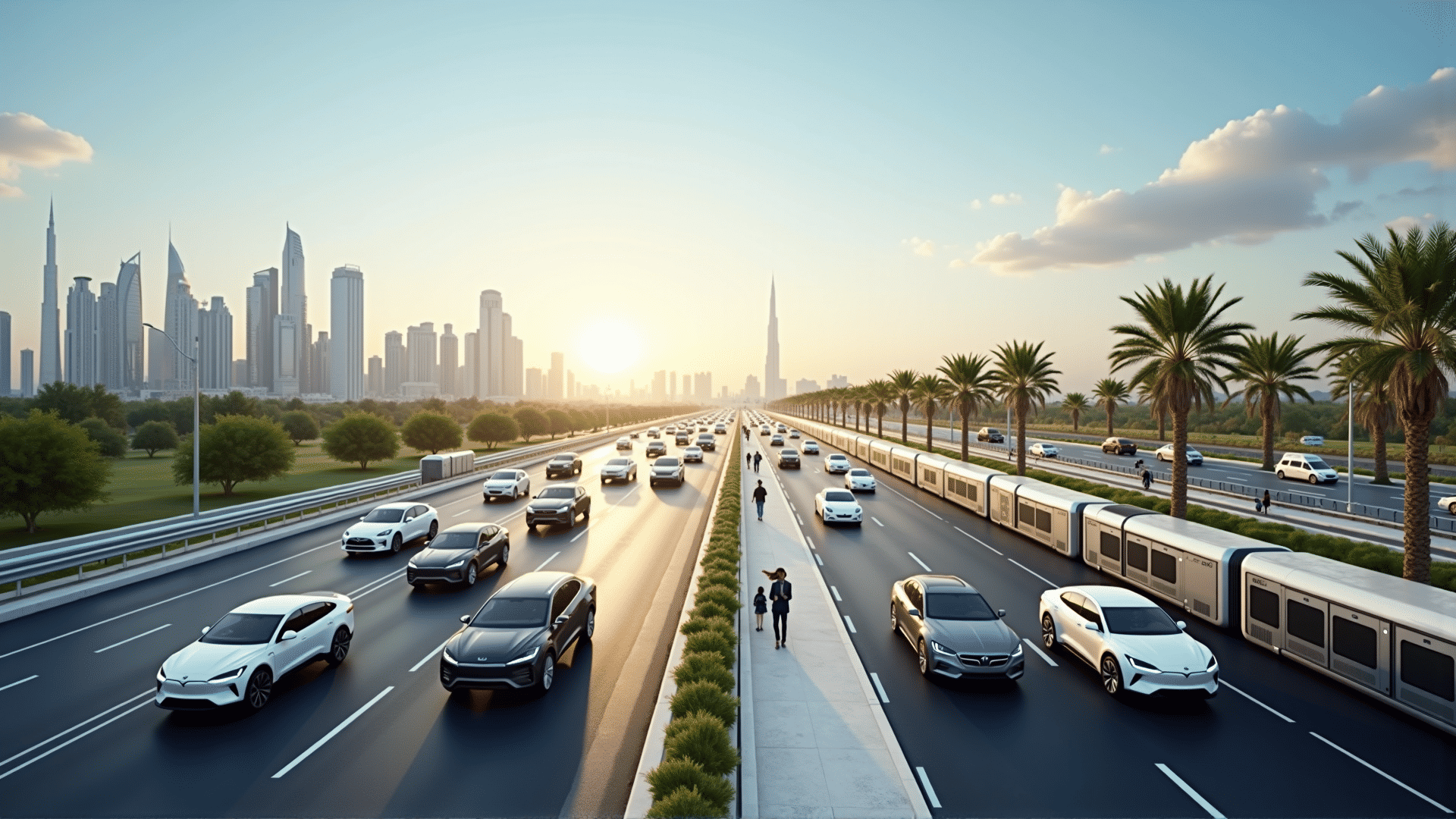The United Arab Emirates (UAE) has long been recognized as a leader in modern infrastructure development, and its transport sector is no exception. Over the years, the UAE has undergone a dramatic transformation, evolving from a region reliant on traditional modes of transport to a hub of cutting-edge mobility solutions. This transformation has been fueled by relentless innovation and a steadfast commitment to sustainability.
In the mid-20th century, transportation in the UAE was primarily dependent on camels and traditional wooden dhows, reflecting the Bedouin lifestyle and maritime trade heritage. However, the discovery of oil in the 1950s marked the beginning of a profound transformation. As the nation prospered, significant investments were made in developing modern infrastructure. By the 1970s, paved roads began to crisscross the desert landscape, connecting once-isolated communities and facilitating trade and commerce.
The UAE's ambition to be at the forefront of global transportation is exemplified by its pursuit of world-class aviation facilities. The opening of Dubai International Airport in 1960 set the stage for future developments, and today, the UAE is home to some of the world's busiest and most advanced airports. Dubai International Airport and Abu Dhabi International Airport have become key global aviation hubs, driven by flagship carriers such as Emirates and Etihad Airways.
In recent years, the UAE has embraced innovation to further transform its transport landscape. The introduction of the Dubai Metro in 2009 was a milestone in public transportation, offering an efficient and sustainable alternative for commuters. The Metro's success paved the way for further expansion of public transport networks, including the development of tram systems and bus services that cater to millions of residents and tourists.
The UAE's commitment to sustainable transport solutions is evident in its efforts to reduce carbon emissions and promote alternative energy sources. The expansion of electric vehicle (EV) infrastructure is a testament to this commitment, with increasing numbers of charging stations being installed across the nation. Furthermore, the UAE has invested in research and development of innovative technologies, such as hydrogen fuel cells and solar-powered vehicles, to ensure a greener transport future.
Additionally, the concept of smart transportation has taken root in the UAE. The nation has leveraged cutting-edge technology such as artificial intelligence, IoT, and data analytics to optimize traffic management, enhance safety, and improve commuter experiences. Smart initiatives like Dubai's 'Smart Mobility Strategy' outline ambitious plans for autonomous vehicles and drone-based delivery systems, positioning the UAE as a leader in the deployment of next-generation transport solutions.
High-speed transport systems have also captivated the UAE's imagination. Plans for a Hyperloop system, which promises to transport passengers at unprecedented speeds using magnetic levitation, indicate the nation’s aspiration to revolutionize intercity travel. Such initiatives, though still in developmental stages, highlight the UAE’s commitment to exploring futuristic transport technologies.
The UAE's transport evolution reflects a broader vision of economic diversification and resilience, reducing reliance on oil by capitalizing on strategic geographic positioning as a global transit hub. This transformation enhances connectivity within the UAE and positions the nation as an influential player in international transportation networks.
As the UAE continues to innovate and invest in sustainable solutions, its transport sector remains a symbol of transformative progress and relentless ambition. The journey of evolving transport in the UAE is not just about the technologies and infrastructure but also about shaping a sustainable future that aligns with the nation's pioneering spirit and commitment to excellence.
